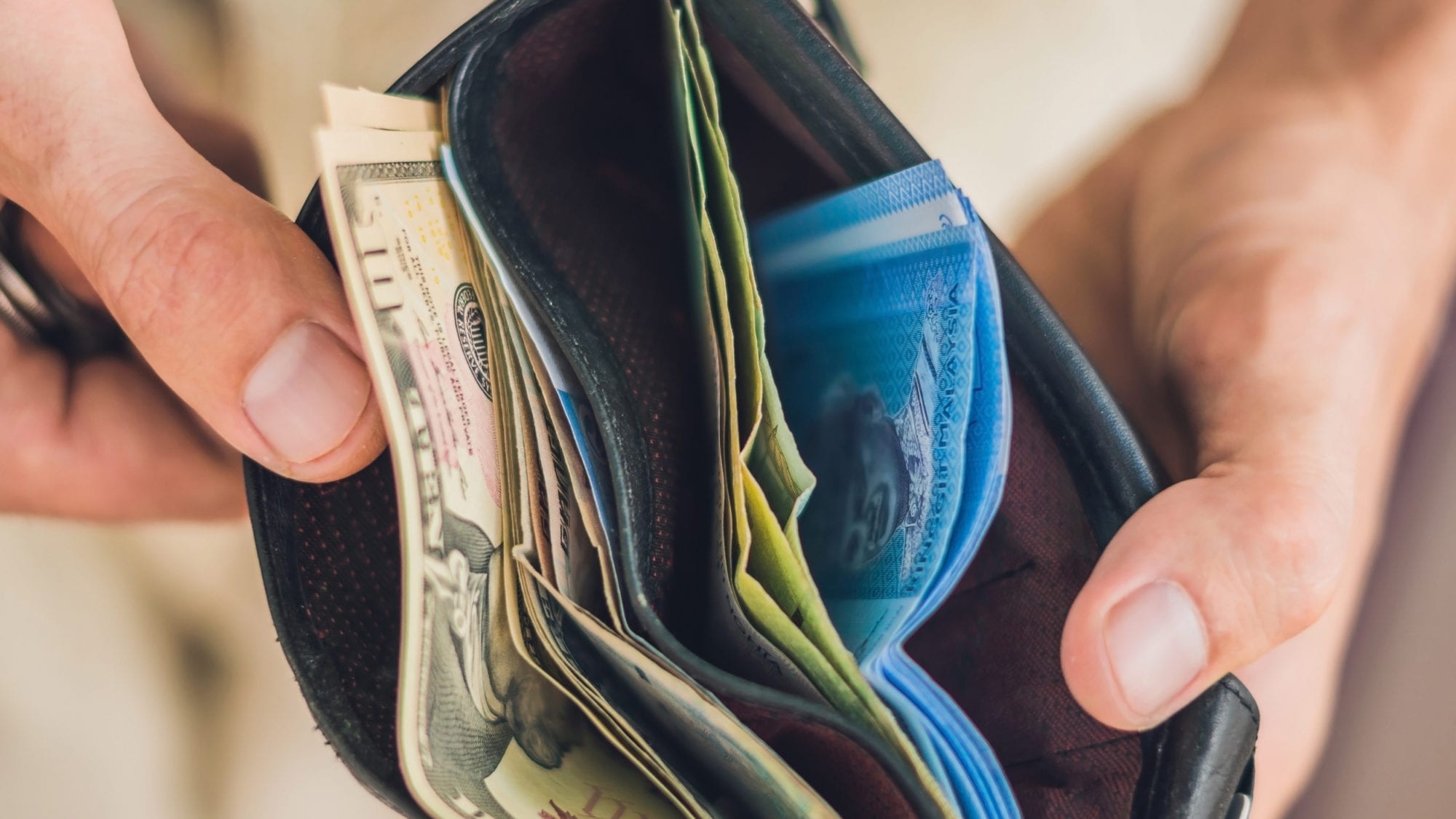One of the most common questions from travellers is whether it’s better to use cash or credit cards while abroad. Here are the pros and cons of each option.
USING CREDIT CARDS WHEN TRAVELLING
Credit cards are arguably the more convenient option, since you won’t need to worry about carrying a wad of cash around. And unlike cash, if you lose your credit card, you haven’t physically lost anything of actual value. Just let your credit card company know when you’ll be travelling—to ensure they don’t lock your card, due to mistaking your overseas purchase for fraud.
What also makes credit cards appealing is that you can get a lower price compared with cash. When you use cash, you pay a fee to exchange your Canadian dollars for local currency, but if you use a credit card with no foreign transaction fees, then you’re getting the best rate possible.
MORE TO READ
Four Caribbean destinations to suit your travel style
Even if you don’t have a credit card that waives foreign exchange fees, you’ll generally only be charged 2.5 percent on top of the current exchange rate, which is still arguably cheaper than using cash.
Of course, there’s always a risk that you could lose your card, so take a backup. And bring your debit card too—just in case you need to get paper money from an ATM. (This also helps you to avoid drawing a cash advance from your credit card, which is subject to interest charges.)
USING CASH WHEN TRAVELLING
Credit cards aren’t accepted in certain situations—think street vendors, smaller restaurants and public transportation. Some vendors and restaurants may even offer a discount if you pay with cash. Having paper money on-hand also makes it easier to tip tour guides, taxi operators and other service providers.
MORE TO READ
Six steps toward eco-conscious travel
Getting local currencies can be expensive if you’re not paying attention, as rates for money changing can vary quite a bit. Your bank, for example, may charge a premium of up to 12 percent. Currency exchange bureaus are an alternative, though they also tend to charge a fair amount in service fees. Or you can use local ATMs at your destination. Your home bank will still charge you 2.5 to 3.5 percent, plus any one-time fees. Check xe.com to ensure you have up-to-date exchange-rate info for the currency you need.
An easy option for getting cash in advance of your departure is to use one of the self-serve foreign currency ATMs at select AMA centres. These machines debit directly from your bank account or credit card, offering competitive exchange rates and low transaction fees. They dole out common currencies, including U.S. dollars, Mexican pesos and euros. Rarer currencies can be ordered at AMA centres, with delivery usually within four days.
HOW TO SAVE
Use the National Bank CAA Rewards Mastercard on purchases in Alberta and abroad. You’ll earn 1% in reward dollars on eligible purchases—which can be put toward your next vacation from AMA Travel!
